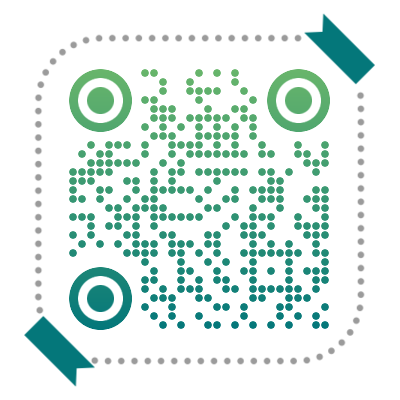Abstract:
The nonlinear effect of high-intensity sound waves produces the acoustic radiation force (ARF), which are used for acoustic levitation and manipulation practical. With no special requirement for the physical and chemical properties of the controlled objects, acoustic levitation owns a promising application prospect. The common levitation scheme includes the standing-wave system and phased-array levitation system. The standing-wave system has poor performance in the aspects of the degree of spatial freedom, the ARF along the non-axial direction, and the levitation stability. The phased-array system requires a complex control system and a high production cost. Here, we propose a single-side acoustic levitation system based on the paired confocal focused transducers. By driving the transducer pairs with reverse phase mode, two anti-phase focused spherical waves interfere with each other, resulting in constant sound pressure of 0 Pa at the focus. The resulting potential well can achieve stable particle capturing and levitating. First, we verifed the theoretical feasibility of the system according to Huygens' principle. Then, using the finite element method, we analyzed the influences of structural and driving parameters on the sound field distribution, such as the angle between the transducer axis and the central axis of the structure and the excitation phase modes. Finally, we demonstrated the particle trappings under two kinds of excitation phase modes of the levitation system experimentally. The results show that, 1) the intensity of the dominating potential well reaches a strongest value when the structural angle is 45°; 2) as the excitation phases are 0, 0, π, and π, the sound field owns three potential wells which can capture three clusters of quartz sands, the primary potential well is stronger than the secondary one; 3) as the excitation phases are 0, π/2, π, and 3π/2, the sound field owns one potential well and captures one cluster of quartz sands. The isosurface of wave intensity around the potential well is more comprehensive than in the previous phase mode. The four-phase excitation improves the levitation stability better. The proposed levitation scheme can realize stable single- or multi-position capture of high-density objects in the fluid. Moreover, it has the advantages of low cost and a high degree of freedom.




 下载:
下载:





 北京市昌平区华北电力大学主楼D座1441-1451室 102206
北京市昌平区华北电力大学主楼D座1441-1451室 102206 010-61771525, 61771524
010-61771525, 61771524

